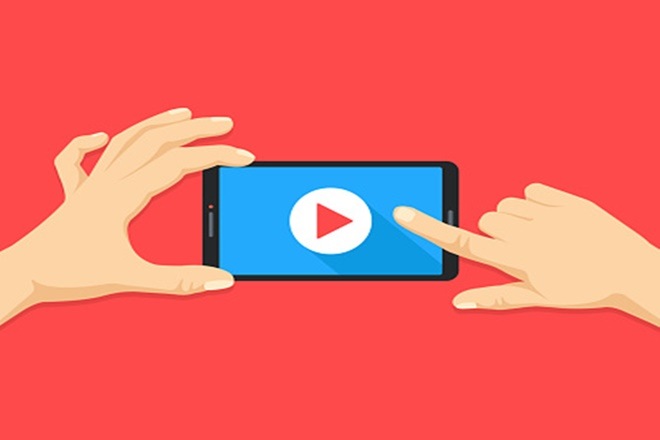Firework, a newly launched short-video platform, has been curating video content for publishers, as well as offering branded content to advertisers. Sunil Nair tells Venkata Susmita Biswas that the company is not after app downloads, and instead is focussing on the open web as a distribution platform. Edited excerpts:
How different is Firework from other short-video platforms like TikTok?
A lot of people are yet to be exposed to other formats of short videos. We believe that 30 seconds of short storytelling is sustainable, since we see that the average engagement rate on a video is about 20 seconds.
We are bringing an opportunity for publishers to convert their text and image-based articles into video stories. Firework enables publishers to get back into revenue earning mode, which has been missing for some time. The coronavirus outbreak has led to a lot of publishers suffering 40-50% loss in advertising revenue; we want to help these publishers.
Why is syndication of content to a publisher your preferred strategy?
The Firework app is used by a lot of individual creators and small publishers to upload their content; whereas the Firework Network exists beyond the app alone. The focus is not on getting millions of people to download the app. That’s because technology is evolving in a way where an app is not going to matter at all.
We are pioneering the open web as a distribution platform, keeping in mind that if a user is comfortable on a familiar destination then there is no point in fragmenting the time spent by the user on the internet. Currently, we are available on more than 200 websites, blogs and apps. Firework has tie-ups with The New Indian Express, Dinamani and Mid-Day among others. We are opening into television as well; smart TVs will be hooked to the Firework environment. And we are available on Mi phones as part of the Mi Video App.
What kind of external content makes it to the Firework Network?
Anyone can start a Firework channel and create content; but that content needs to meet certain quality benchmarks, in terms of content and storytelling. Since the Firework Network caters to an external audience, content made by creators should fit the requirements of the audience we serve. The content could be informative, entertaining or have the wow factor. For instance, our coronavirus explainers have been requested by many publications and now we are creating more content around the topic.
Additionally, Firework uses a combination of AI and machine learning, along with active human moderation, to curate and provide context to the videos on the network.
How do publishers and creators earn by using Firework?
We share the revenue earned from advertising with content creators and publishers who work with us. Firework does not work just as an advertising network. We also provide brand solutions to advertisers. Lightstream of Rainshine Entertainment is helping Firework build branded content.
In the case of Max Fashion, we tied up with women creators on the platform to tell their stories for the Behen Kuch Bhi Pehen campaign. These videos were available as content to the consumer, and not as ads. That kind of storytelling works very well for a platform such as ours, since digital ads are becoming blind spots now. Brands like Epigamia, Veeba, Arvind Brands, and Applause Entertainment, too, have collaborated with Firework.
Firework does not focus on app downloads. Is the number of downloads the new vanity metric for apps?
There is a lack of understanding about online media. Once upon a time, the vanity metric used to be Facebook likes; now it is the number of downloads. The thumb rule is very simple: the Indian internet base comprises 500-600 million people with smartphones and a decent data connection. If you look carefully, the number of people who transact on the internet is about 50 million. The rest is just data consumers and this section of users has no loyalty.
Additionally, the time available to users to spend on apps is limited and their needs change depending on what’s trending. As a result, the uninstall rate is high. When an app claims a certain number of downloads, the number of active users is a small fraction of those downloads.
Read Also: Audi India’s Balbir Singh Dhillon on life beyond work


